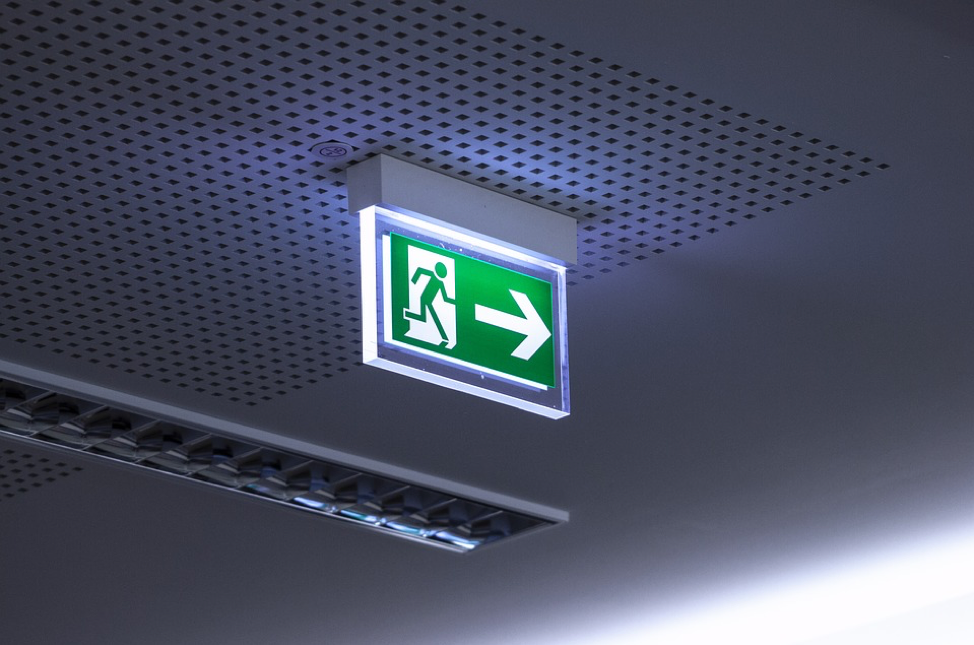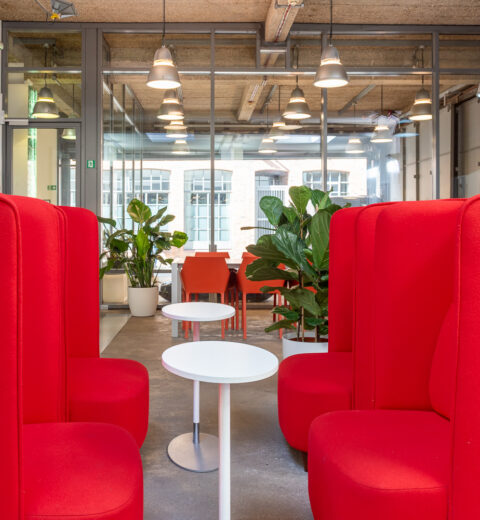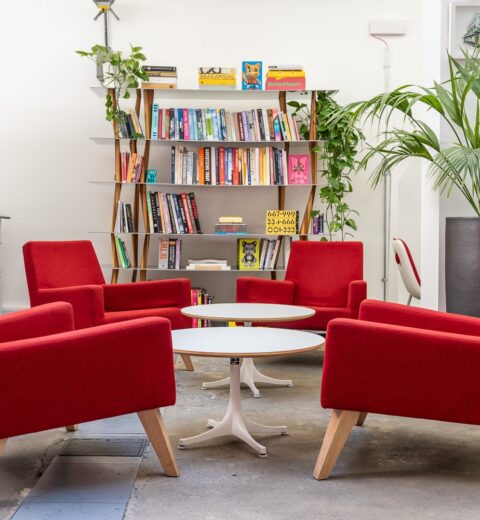How can smart office design make buildings safer?
Office fires can be caused by anything from faulty machinery to complacent workers. Regardless of who or what is to blame, when fires occur, workplaces need to quickly spring into action to ensure worker safety and potentially minimise any damage caused. Still, that fateful question remains; what can be done to mitigate the chances of a fire occurring?
Often, a smart office design can prevent many workplace safety issues. Many hazards can be eliminated from the outset, including fires and smoke. Unfortunately, office fires are not uncommon, and it’s often the case they could have been easily avoidable had a mixture of common sense and innovation been utilised early on.
Consequently, here’s how smart office design can help make buildings safer.
Sensors
It’s always a good idea to install sensors in a building in the interest of fire safety. They can tip off users if fires are being controlled in designated areas, or if emergency exit doors are open or closed. This can then signal what routes have been successful in escape and are best to take in the event of needing to exit the building quickly.
Inspections are sometimes undertaken during a fire to see where it’s originated from or where it may be spreading too. Well, with sensors that is no longer necessary, and the safety of all can be prioritised instead. The damage can be assumed through a screen, and there’s much less of a need for people to put themselves in harm’s way.

Using Smart Apps
A connected workforce is a safer workforce. If all employees can be linked through the use of smart apps on their workplace tablets and computers, they can notify each other immediately of any dangers on the premises. Should a fire start, fire safety officers can be instantly tipped off, and informed instead of combing each floor for the relevant authority figure or fire marshal.
Apps might be a distraction to some, but they can be incredibly useful. Instead of tipping off individuals one at a time in person, all workers can be fired a single message instantaneously. They can then even respond with a quick emoji to notify people they’re out of the building safely. You can also check if that person has read or seen your message to know they have received the warning. More than anything, apps can be vital time savers – something which can really change the game in the event of an office fire.

Smoke ventilation systems
When a fire occurs, it’s often not the flames themselves that take lives, but the constant inhalation of smoke. Obviously, smoke also obscures people’s vision, making it difficult for them to find their way to an exit when needing to escape. Consequently, smoke ventilation systems are mandatory for all offices out there.
These innovations come with window controls and manual openers, ensuring they can always be accessed. Moreover, smoke vents work particularly well in lobbies and stairwells, as their range of opening distances can mean tight and populated areas of a building can be quickly aired. It’s the most convenient and useful support one could have in the event of an office fire, so they certainly can’t be missed of a fire safety itinerary.

Conclusion
Ultimately, smart workspaces go a long way in ensuring the safety of those inside. People can be accounted for instantly, communication can be done with a few swipes of a screen, and smoke ventilation systems will ensure that people have safe routes to take when exiting the building. In the end, this technology is less a luxury and more a necessity.
Photo credits: Pxhere





